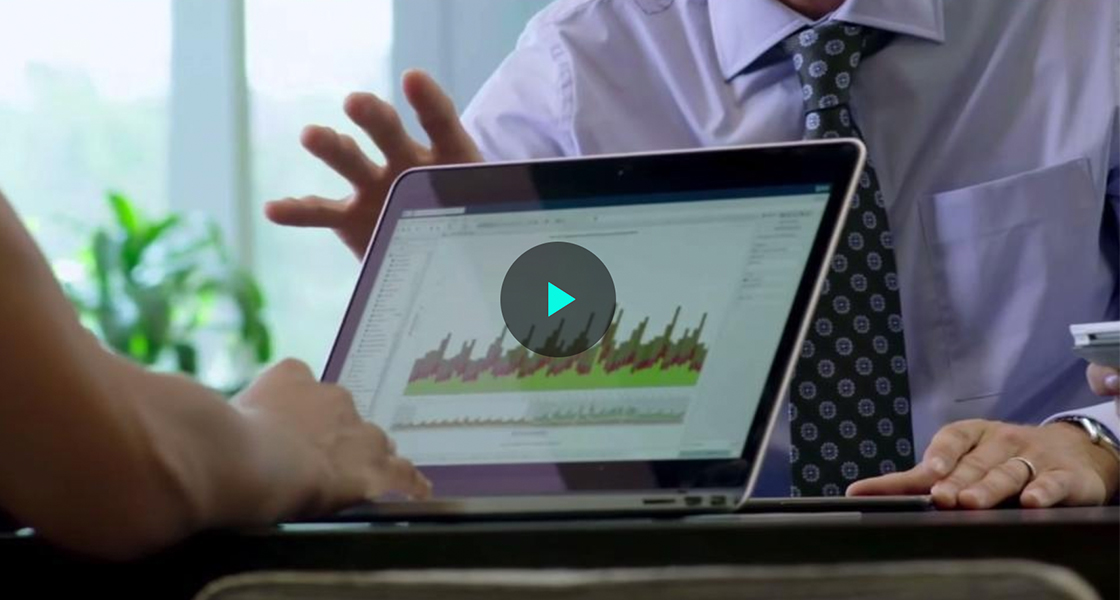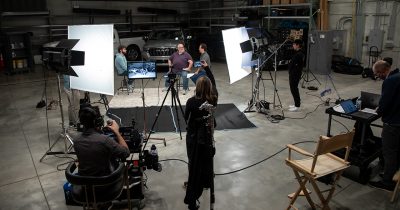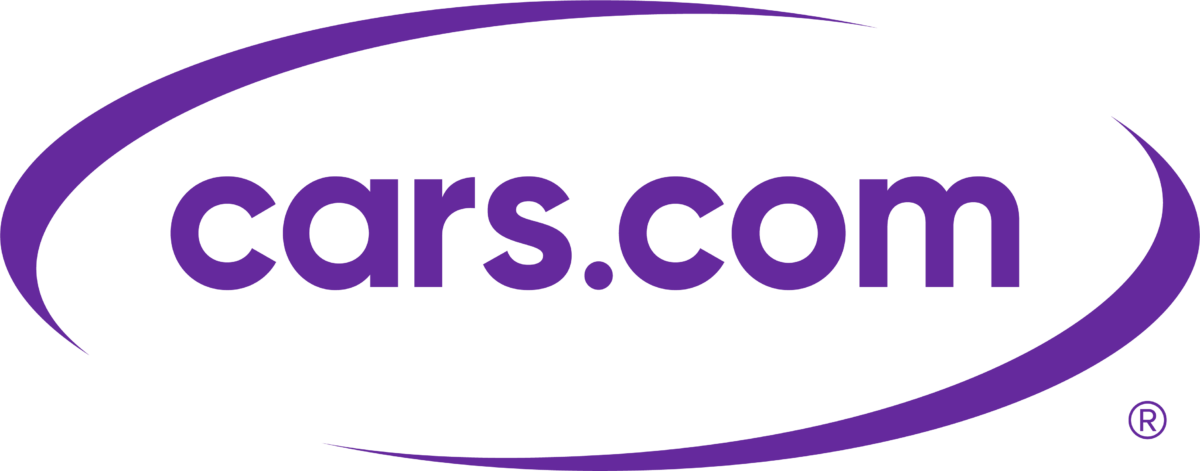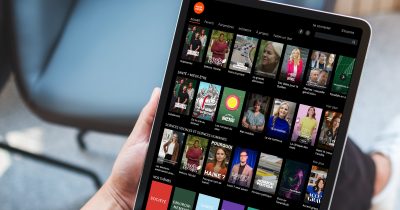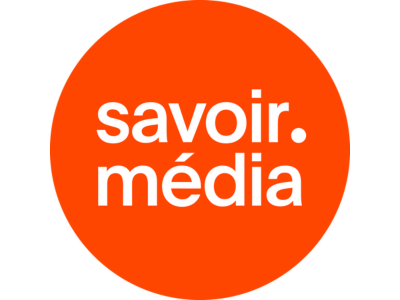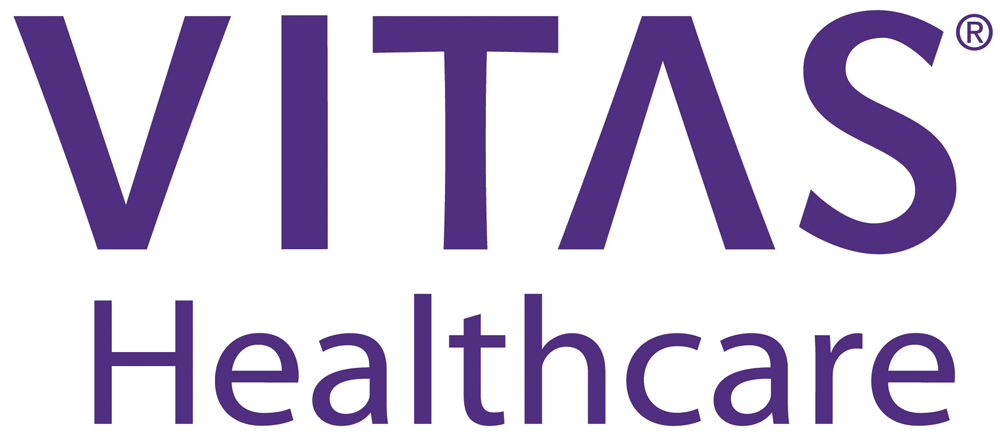Since its inception in 1976, SAS has understood that in order to convey the value and power of its analytics software, the company’s marketing needed to be as innovative as the software it engineered. Recognizing the unique ability of video to make SAS software tangible, senior managers embraced it early. Today, video permeates the business. Internally and externally, video is an essential tool to inform, educate, and persuade prospects and customers, and to bring the value of SAS software into sharp focus.
BACKGROUND
“Software is an intangible product,” explains Bill Marriott, Sr. Director of Video Communications and New Media for SAS, “but the benefits are very real. Video dramatizes how advanced data management and analysis impact people’s lives.”
Based in Cary, North Carolina, SAS is the global leader in analytics. Its innovative analytics, business intelligence and data management software and services are helping customers at more than 80,000 sites around the world make better decisions, and make them faster.
The company uses video to communicate with a range of audiences, from prospects and customers to employees and analysts. In the beginning, video was primarily a tool for customer training. But SAS quickly realized the potential of video to elevate marketing and sales campaigns. Last year alone, the 40-person in-house video production group produced more than 1,200 videos ranging in length from 10 seconds to an hour. Video is now a ubiquitous component of SAS’ business operations.
SAS TYPICALLY CREATES THREE CATEGORIES OF VIDEOS FOR A SOFTWARE SOLUTION
![]()
The value of our software comes from the great things customers do with it. Video’s value is in helping us tell their stories.
BILL MARRIOTT
SR. DIRECTOR OF VIDEO COMMUNICATIONS AND NEW MEDIA, SAS
Overview video – a short video describing what the software enables customers to do and why it is different than other software.
Reference videos – stories illustrating how customers are successfully using SAS software and the results they are achieving.
Demos – videos that show the software in action.
“The exciting thing about video is that it is not just evolving technologically, but the content is moving forward as well,” states Marriott.
For example, video is bridging geographic distances by enabling sales teams to bring the CEO into key sales encounters. In pivotal situations, a customized message from the CEO assures the prospect their business matters at the highest level. Such videos have helped SAS close deals around the world.
Recently, SAS Middle East had a significant sale on the line and wanted to include a personal message from the CEO in their sales presentation. Although the request arrived in Cary over the weekend, the team jumped into action: they wrote the script on Monday, shot the video on Tuesday, and delivered it to the Middle East sales office on the same day. SAS won the sale. “The video registered with the customer,” explains Marriott. “They were impressed our CEO wanted his voice heard.”
USING VIDEO TO COMMUNICATE THE BRAND
SAS is expanding its use of video to support the company’s brand, building awareness of the company, its culture and its values. “When viewers develop an emotional attachment to our company and our brand, they want to do business with us,” says Marriott.
How do you create an emotional attachment to data and analytics? One recent video documents how data analysis supported relief efforts after the devastating earthquake in Nepal. The powerful and visually compelling story describes how the International Organization for Migration (IOM) used SAS® to identify, source, and distribute much needed resources to 45,000 families living in 200 tent camps.
Racing against time to build shelters ahead of the monsoon season, IOM needed to locate unprecedented quantities of sheet metal. Using SAS analytics, IOM not only determined how much sheet metal they needed, but also which countries produced it, had quantities on hand, and could deliver it quickly.
“The Nepal example shows where video is going for SAS. The value of our software comes from the great things customers do with it,” states Marriott. “Video’s value is in helping us tell their stories.”
ANTICIPATING PROSPECTS’ BEHAVIOR
Marriott notes that today, all content is going to the web. “On any given day, people at different stages of the buy cycle are visiting our website – people of all ages, in different industries. We don’t know what path they’ll take, so we need video at every point in the cycle to encourage them to engage.”
Marriott adds that video is rapidly becoming more immersive. People want to access it everywhere, on their own terms. “As producers, we need to craft a wide variety of video assets and anticipate where they will be consumed and by whom,” states Marriott.
That is a key reason SAS moved to the Brightcove Video Cloud platform. Brightcove helps SAS deploy video through the cloud, when and where it is most convenient, via the preferred device for its audience. And it is also enabling SAS to keep abreast of emerging technology. “With Brightcove, we can focus on developing high-value, meaningful content. We upload one high-quality encode. Brightcove figures out all the devices it has to play on and the encoding algorithms for each. Brightcove is looking to the future with us, giving us the confidence that we’ll be well positioned as new technology evolves.”

